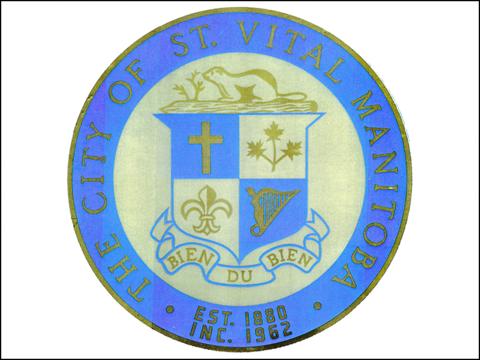
Identity area
Type of entity
Corporate body
Authorized form of name
St. Vital (Man.)
Parallel form(s) of name
Standardized form(s) of name according to other rules
Other form(s) of name
Identifiers for corporate bodies
Description area
Dates of existence
1880-1971
History
The Rural Municipality and City of St. Vital dates to 1880 when the RM of St. Boniface was incorporated. After the Town of St. Boniface was formed in 1883, the RM of St. Boniface continued to operate as its own government and in 1903 changed its name to St. Vital to avoid confusion. The name likely derives from one of the earliest schools in the area built by Bishop Taché and named after his coadjutor Bishop Vital Grandin. The municipality experienced a series of boundary changes beginning in 1891 when it was reduced to the east and extended in the west and south. Further alterations were made in 1912 when the community on the west side of the Red River separated to form the RM of Fort Garry, and then in 1914, when a large tract of land was annexed to the City of St. Boniface and land annexed from the RM of Ritchot. It was bounded on the west and east by the Red and Seine Rivers, Carriere Avenue on the north and Grande Pointe on the south. It included parts of the Parishes of St. Boniface, St. Vital, and St. Norbert. In 1960, St. Vital became part of the Metropolitan Corporation of Greater Winnipeg. With the passing of An Act to provide a Charter for the City of St. Vital, it achieved city status on June 9, 1962.
Councils consisted of a Reeve or Mayor and, in most instances, six councillors. The municipality derived authority from provincial legislation and was subject to the provisions of The Municipal Act, The Metropolitan Winnipeg Act and The Greater Winnipeg Gas Distribution Act. It briefly lost its mandate to govern between 1925 and 1927 when the Winnipeg Suburban Municipal Board stepped in due to financial difficulties. Standing committees and delegations changed from year to year in response to municipal growth. Council members notably participated in the St. Vital Advisory Planning Commission, St. Vital Library Board, and St. Vital Parks Board. Departments within the municipality included Administration, Public Works, Police and Fire. In 1952, Police and Fire went from being one department into two. Shortly after St. Vital became a city in 1962, the position of Secretary-Treasurer was split into City Clerk and City Treasurer.
The City of St. Vital ceased to exist in 1972, when Chapter 105 of the Statutes of Manitoba came into force unifying twelve area municipalities and the Metropolitan Corporation of Greater Winnipeg into one city government. Following amalgamation, the Community of St. Vital was created as part of the new municipal structure.


